Georgia O ‘Keffeffe, the magnified life and that necessary time (which is missing today) to « really see a flower »
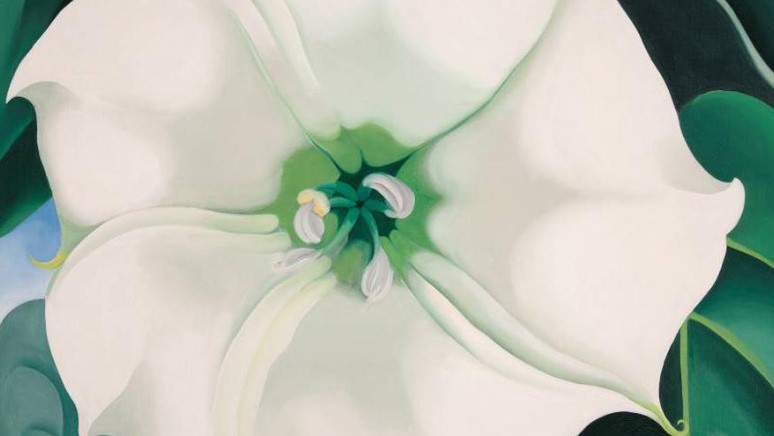
A refined modernity that wonders about how we look at the world today
« We rarely take the time to really see a flower. » There are no more suitable words than those of Georgia O ‘Keffeffe To tell Georgia or Keeffe. It is all there, in his « memories » (published in Italy by Abscondita with the translation of Alessandra Salvini: A painter who never stopped questioning what it means – especially in the time he lived – « looking ». And so, if you put it from its perspective, modern and far -sighted, you better understand its huge flowers from shaded, pink, white and blue colorsthe desert landscapes, the animal carcasses whitening from the sun, the dunes of the new Mexico and the very rare human figures that is allowed in its long artistic activity.
He lived up to almost a hundred years. Born in 1887 in a town in the state of Wisconsin, 1986 died in Santa Fe, its elective placethe one he chose to spend the most meditative phase – and perhaps also prolific – of his life. « We rarely take the time to really see a flower, » he wrote. And in fact, from the beginning of the pictorial adventure, the problem of the gaze. Daughter of cattle breeders, for her attending the School of the Art Institute in Chicago first and then the Art Students League in New York were important: In large cities he brought the gaze of a girl accustomed to large spaces, In horizons that in itself seemed huge natural paintings. That’s why when Alfred Stieglitzthe best photographer of all, saw one of his watercolors exclaimed: « Finally a woman on paper ».

He meant this: there is « True » In the figures of O ‘Keffe, abstraction is only a form of magnifying And who better than a photographer could grasp the Blow Up? The two met, loved each other, supported each other, but what matters here – once again – is the way of looking at the world, peculiar both in Stieglitz and O ‘Keffe. He had opened a gallery in New York (the « 291 ») in which all the greats of the avant -gardes paraded, from Man Ray to Matisse to Paul Strand. She began to refine her visual sensitivity and in the ten years of the twentieth century His charcoal and watercolor works aspired to a secret harmonyto an abstraction never end in itself: the reverberation of the represented subject (a flower, a landscape, a horizon) was always alive, as if to remind us that, after all, we are always looking at something.
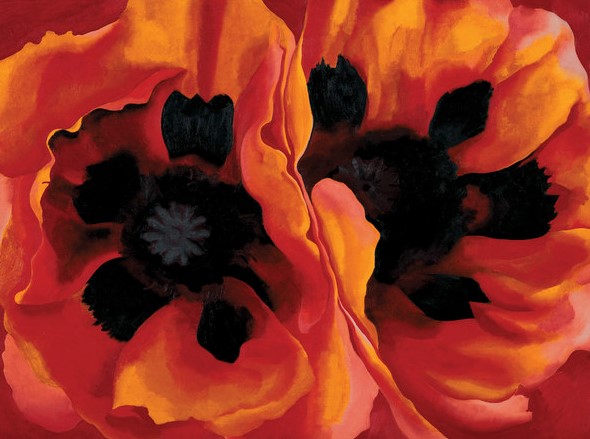
In the 1920s his figures became bigger, The flowers arrived in the very first level, described in the most intimate details, like gigantic human and vegetable figures at the same time. Georgia O ‘Keeffe was introducing something of deeply new In American art: he did not turn towards sterile abstraction and, at the same time, did not sell the figurative of lyricism, but He began to enlarge life itselfdrawing on photography, press, illustration, modern painting, observation of the world. Modern.
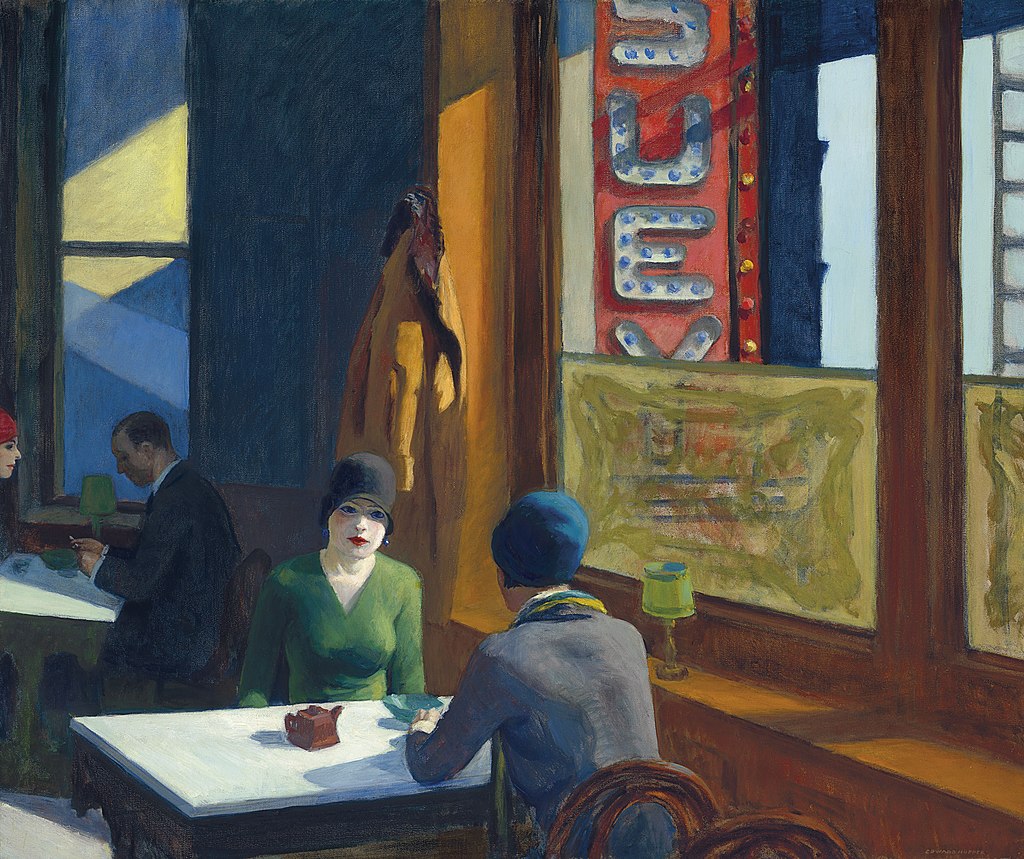
The difference with another American giant of the time, Edward Hopperis in a painting by 1929: Hopper presents the masterpiece «Chop Suey», a scene at the same time intimate and universal torn from a hot table. In that same year, O ‘Keffe painted « Gray Blue & Black-Pink Circle », the gigantography of a lily, the demonstration that « the devil lurks in detail »: enlarged one thing, this assumes not only another form, but also a different meaning. It was something never done before by an American, even if it came clearly from the nineteenth -century sensitivity And somehow also anticipated Andy Warhol’s pop art.
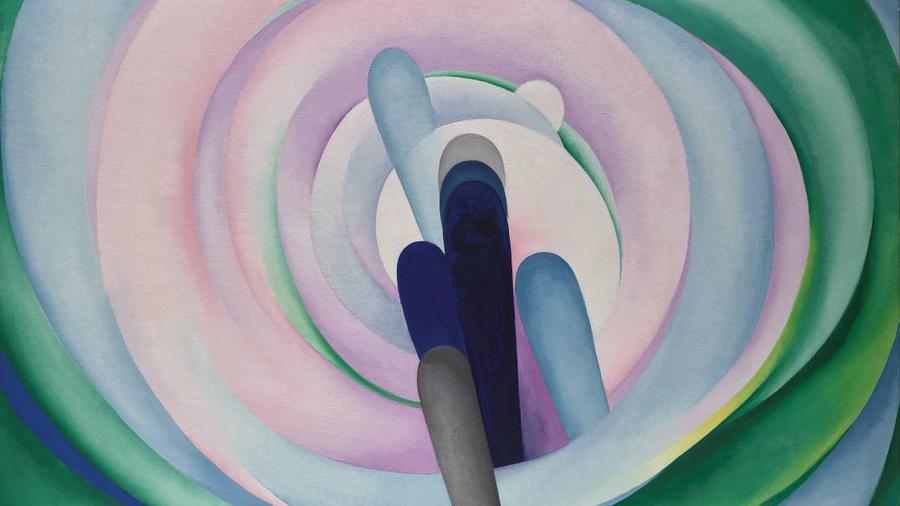
Among the first to understand this pictorial revolution – at random – it was one sculptorConstantin Brancusi, who in 1926, in full contamination between European and American culture, commented: « There is no imitation of Europe here; It is a force, an emancipator force ». The sculptor had a privileged observatory: he experienced directly on the shapes and abstraction could only be an original landing place. For this reason, O’Keeffe’s paintings are welcomed by critics (but also by the public because she was the protagonist of numerous exhibitions) like the first genuinely « American » works. In Europe « marked » by Picasso, this extraordinary love for nature was rarely seen. And she was the first woman called to exhibit New York Museum of Modern Art in the newborn Museum of Modern Art. Once again it is his words that speak clearly: « I have things in the head that nothing have to do with what has been taught: shapes and ideas so close to me, so in tune with my way of being and to think that I never went through the head to use them in painting ».
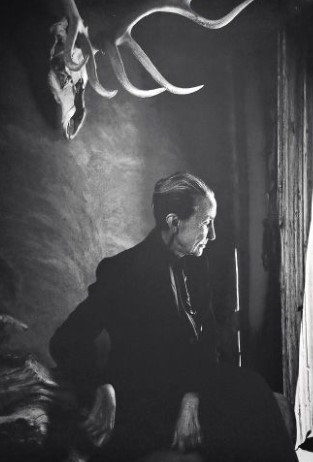
O ‘Keffe has never stopped following an instinct: in the 1930s he was periodically visited by depression, he felt attracted to large spaces. Arizona, New Mexico. Discover the Ghost Ranch north of Attera. Here he settled definitively in 1940, including Rhear dunes, Sonagli snakes, modern design furnishings and the periodic company of friends such as Allen Ginsberg. Stieglitz, now elderly, cannot follow it. Twenty -five thousand letters wrote to her. She lurks in her ever more skinny body, increasingly inclined to meditation. In the photos of the maturity it is beautiful: austere, ladder and altered like an Indian garment. Even his painting begins to dig deep in detail, he leaves every perspective (if he ever followed one) and He lets himself hypnotize from hidden life in the desert, like a prayer change. And today, once again, his true will remain the words: «If I painted the flower exactly as it appears, in its natural dimensions, nobody would be able to see it really. So I said to myself: I will paint what I see, what the flower means for me, but I will paint him great to induce people to take the time to observe it ».
[email protected]




/s3/static.nrc.nl/images/gn4/stripped/data132005341-a7512c.jpg|https://images.nrc.nl/rMdy3aa_3d4H1PhoMuY0Fh268K8=/1920x/filters:no_upscale()/s3/static.nrc.nl/images/gn4/stripped/data132005341-a7512c.jpg|https://images.nrc.nl/8SP5UbMSIeCzEHxAx6IXBIb37iY=/5760x/filters:no_upscale()/s3/static.nrc.nl/images/gn4/stripped/data132005341-a7512c.jpg)

